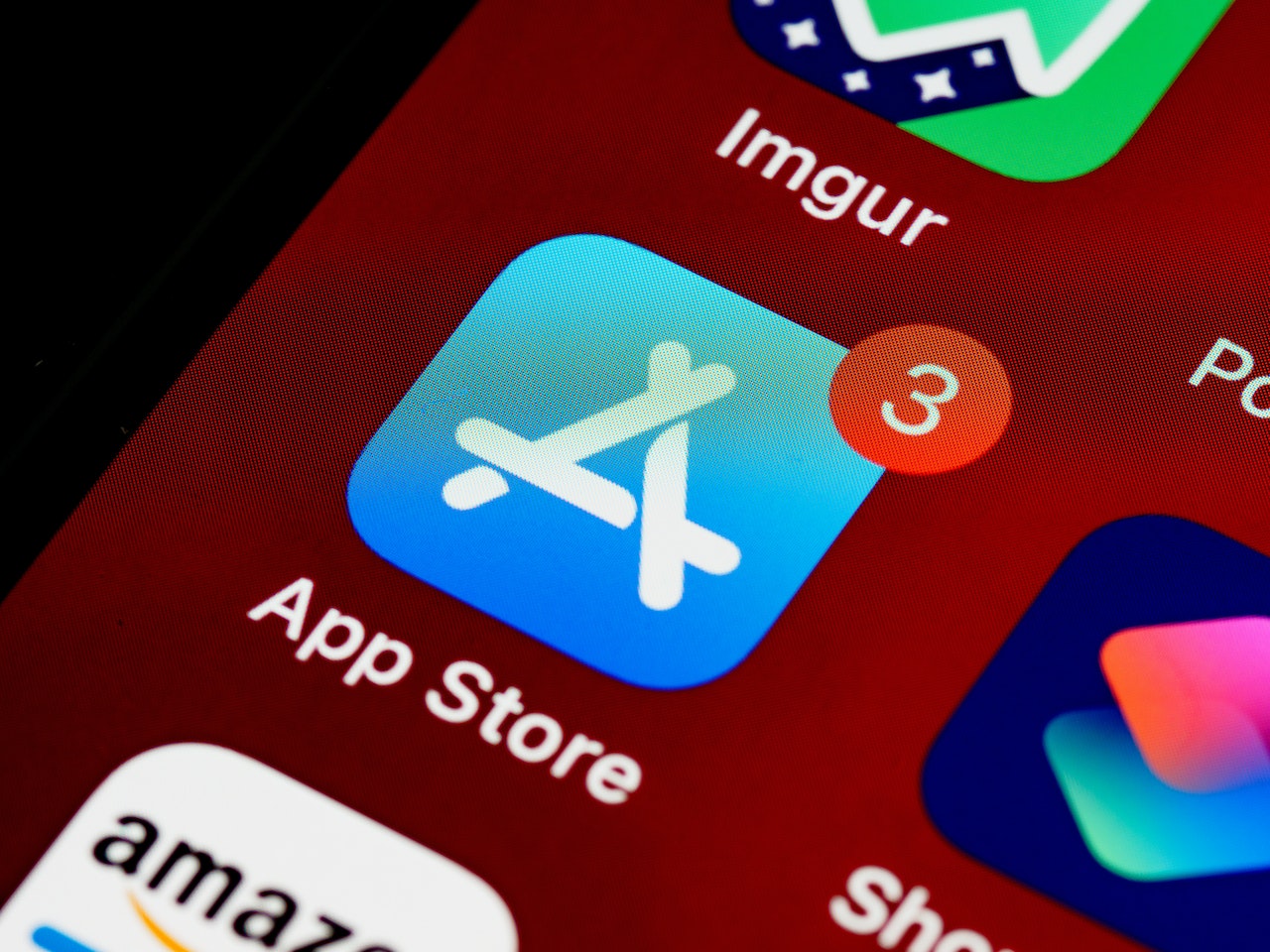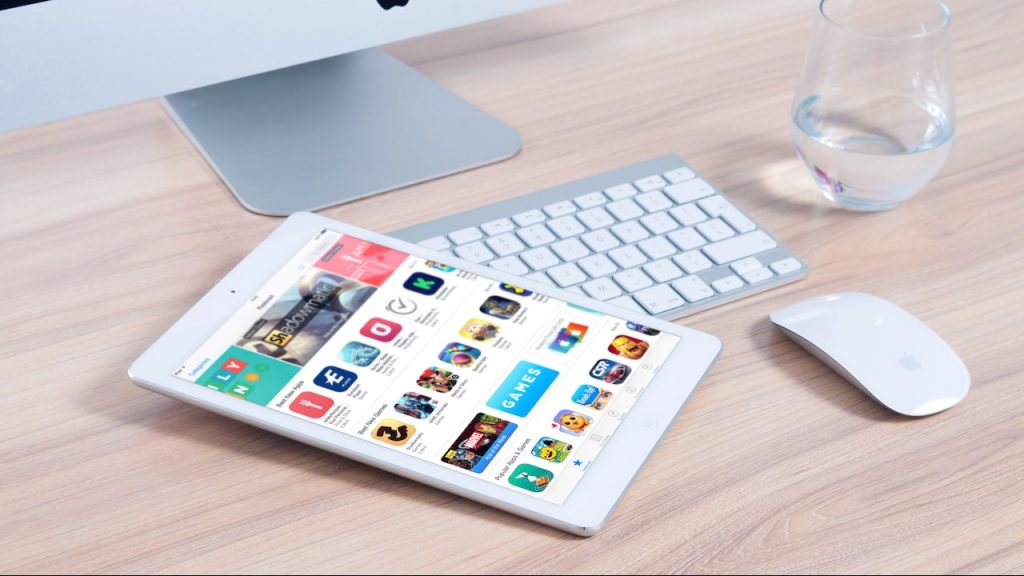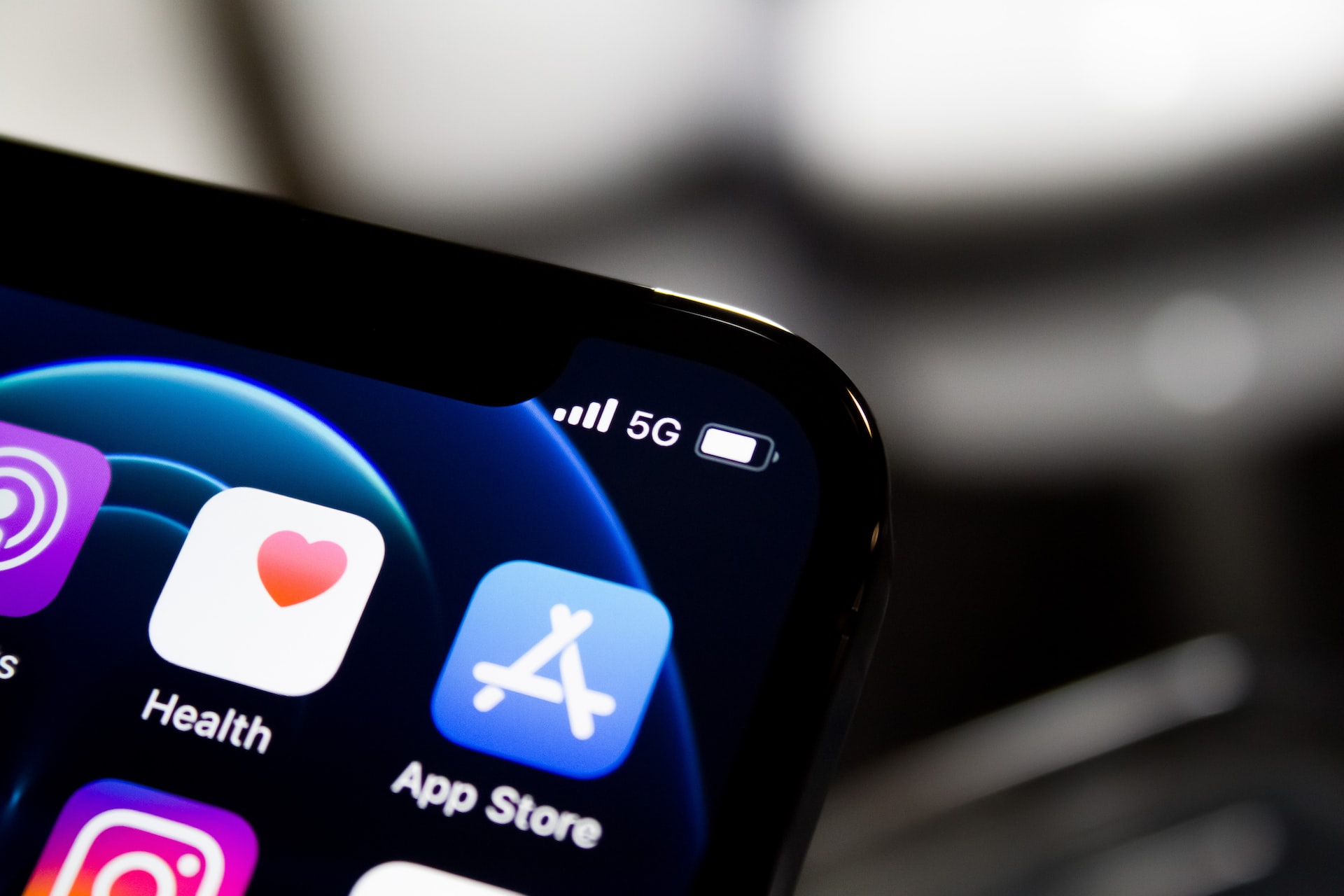
If a mobile app makes it into the app store, but no one is around to download it, did it ever really exist at all? All jokes aside, paying thousands of dollars to develop an app that users just aren’t connecting with or downloading can be extremely frustrating. However, knowing your app store conversion rate can provide valuable metrics to help you better understand how your app is performing if your advertising is effective, and who your main user base is. In this article, we’ll explain what app store conversion rate is, key metrics to pay attention to, and finish up with some strategies to improve your conversion rate.
What is App Store Conversion Rate?
App store conversion rate is the ratio of total downloads to unique impressions. A unique impression occurs anytime a user views your app through the App Store or Google Play’s search results. Ultimately, the end goal of any app is to produce an install to sale, which happens when a user installs the app and makes a purchase within your app.
The Importance of Conversion Rates and Download Velocity
Conversion rates are significant not only for your sales metrics but also for your app store visibility. Conversion rates show Apple and Google that your app is relevant and used by customers, which likely means it produces high-quality content.
So what factors do Google and Apple use to rank mobile apps within their app stores? One of the more important factors used for gauging an app’s popularity is called download velocity. Download velocity measures the number of installs your app receives within a certain period of time. Download velocity can measure apps that are trending at the moment and are usually featured at the top of the app store charts.
You might like: The Most Important Mobile App KPIs to Measure

App Store Conversion Rate Metrics
Google Play Store conversion rate metrics and Apple App Store conversion rates have two specific kinds of metrics that warrant special attention:
- Conversion Rate
A conversion rate refers to the percentage of people who install your app after seeing it in the app store. How this metric performs can inform you about how useful your app page is at convincing users to install your application. The conversion rate is calculated through the following equation:
(Conversions/Unique Impressions) x 100 = Conversion Rate (%)
For instance, if 100 people saw your app listing and 50 people clicked on the listing to the app page, then the equation would look like this:
(50/100) x 100 = 50
Ergo, the conversion rate of your app, in this instance, would equal 50% (which is a fantastic conversion rate, by the way).
- Install Rate
Think of this metric as blind installs. It measures the number of people who blindly install your app without clicking on its app store page.
According to AppTweak.com, the average conversion rate for the App Store was 31%. However, conversion rates vary wildly according to the category, so this statistic may or may not be pertinent to your own app. Weather app conversion rates were as high as 86%, with Card Game apps having the lowest CVR at a measly 2.9%. And over on the Google Play store, the average conversion rate was 32.7%, with the highest conversions existing in the Travel & Local category (60.2%) and the lowest rating in the Lifestyle category (10.8%).
How to Improve Your App Store Conversion Ratings
While all of this information is great, you’re probably wondering what step you can take to improve your app store conversion ratings. Below, we’ve compiled a few of our most helpful tips:
1. Perform A/B Testing
A/B testing is a simple way of comparing performance across two different variables to determine which version performs best. A/B testing allows you to see which copy, graphics, or marketing angle reaches your audience and converts them into regular users. Various tools are designed to help you with A/B testing, like Apple’s Product Page Optimization (PPO), which allows you to test the efficacy between different icons, screenshots, and videos by providing you with engagement metrics.
2. Work on Improving Your Ratings and Reviews
Good ratings can make or break your app. How often have you chosen to download an app with a one-star rating versus an app with five stars? Good feedback is the key to convincing other users that your app is worth downloading. If users leave negative feedback, take the time to respond to it, and address their concerns where appropriate. Besides, the more receptive you are to ways to improve your app, the better your product will be.
3. Utilize a Conversion Rate Optimization (CRO) Plan
If you want to understand what’s driving traffic to your app (or preventing traffic from downloading it), it’s vital to formulate a conversion rate optimization plan. A CRO plan typically involves evaluating three basic elements of your website:
- The aspects that drive people to visit your app store page
This information can be found through SEO research, pop-up screens asking users what makes them use your app, or by creating user personas.
- The barriers that prevent them from downloading your app (or cause them to quit using it)
You can locate where your biggest barriers exist by researching what screen(s) have your highest exit rate. You can accomplish this by creating a conversion funnel using tools such as Google Analytics. A funnel will show the user journey from screen to screen so that you can track when and where people are dropping off from your app. From there, find the screen which users are exiting from the most and, if possible, use heat maps to track which sections of the screen they’re interacting with before they leave. Once you’ve narrowed down a list of potential problem spots, you can begin revising your app.
- The hooks that convince people to become regular users of your app
User feedback, reviews, and surveys can all garner fresh insight into what’s working for your app and what isn’t. Nothing beats understanding your product more than direct feedback from the users themselves, so find ways to incorporate it as much as possible.
4. Update Your App and App Store Listing
If something isn’t working, you need to fix it. The two best places to start are updating your images in the app store gallery and your app itself. Figure out who your primary audience is, and make sure that your app store gallery targets and speaks to your audience. If users aren’t converting from your app store page, it’s time to ensure your photos, description, and videos grab people’s attention and explain what your app is about. Additionally, if your app hasn’t been updated recently, users can see that, and reviewers will likely pick apart bugs in your app that haven’t been fixed as well. By releasing regular app updates, you instill confidence in your users and make it feel like you are personally addressing their concerns through bettering your app.
Conclusion
App store conversion rates are a great analytical tool for understanding how well your marketing tactics are working. Conversion rates show how many users are installing your app based on third-party ads, your app store listing, or other traffic drivers. They tell you what needs to be retooled, fixed, or scrapped and help you to make the best version of your app possible.
If you’re interested in increasing your app’s conversion rates, the team here at Designli can help you. Understanding how to increase conversion rates can be time-consuming and confusing, so we’re here to make it easy. Interested in learning about what we can do for your app? Let’s chat!
You might also like:
Want to learn more?
Subscribe to our newsletter.
Recommendations:

5 Best Ways To Get Funding for an App
To get your app idea to the market, you need to secure funding to build it. That means you’ll need to find investors who see the value in what your...

App Store Optimization (ASO): An Introductory Guide
App Store Optimization (ASO) is an essential process for any mobile app owner looking to improve their app’s visibility and performance in the app...



Post
Share